| Presented by 192 Books and Paula Cooper Gallery, these live events will take place in person at 192 Books, 192 10th Avenue, New York City, between 21st and 22nd Street. The events are free, with no reserved seating. Seating is extremely limited and will be first come, first served. Books will be available for purchase at the store. The events will also be available virtually and will be streamed directly on PCG Studio at 6:00 or 7:00 PM EST. There is no login or rsvp required. A recording will be archived. |
Friday, April 26th at 6:00 PM
Amit Chaudhuri—Freedom Song, A Strange and Sublime Address, Afternoon Rag
Amit Chaudhuri in Conversation with John Yeh
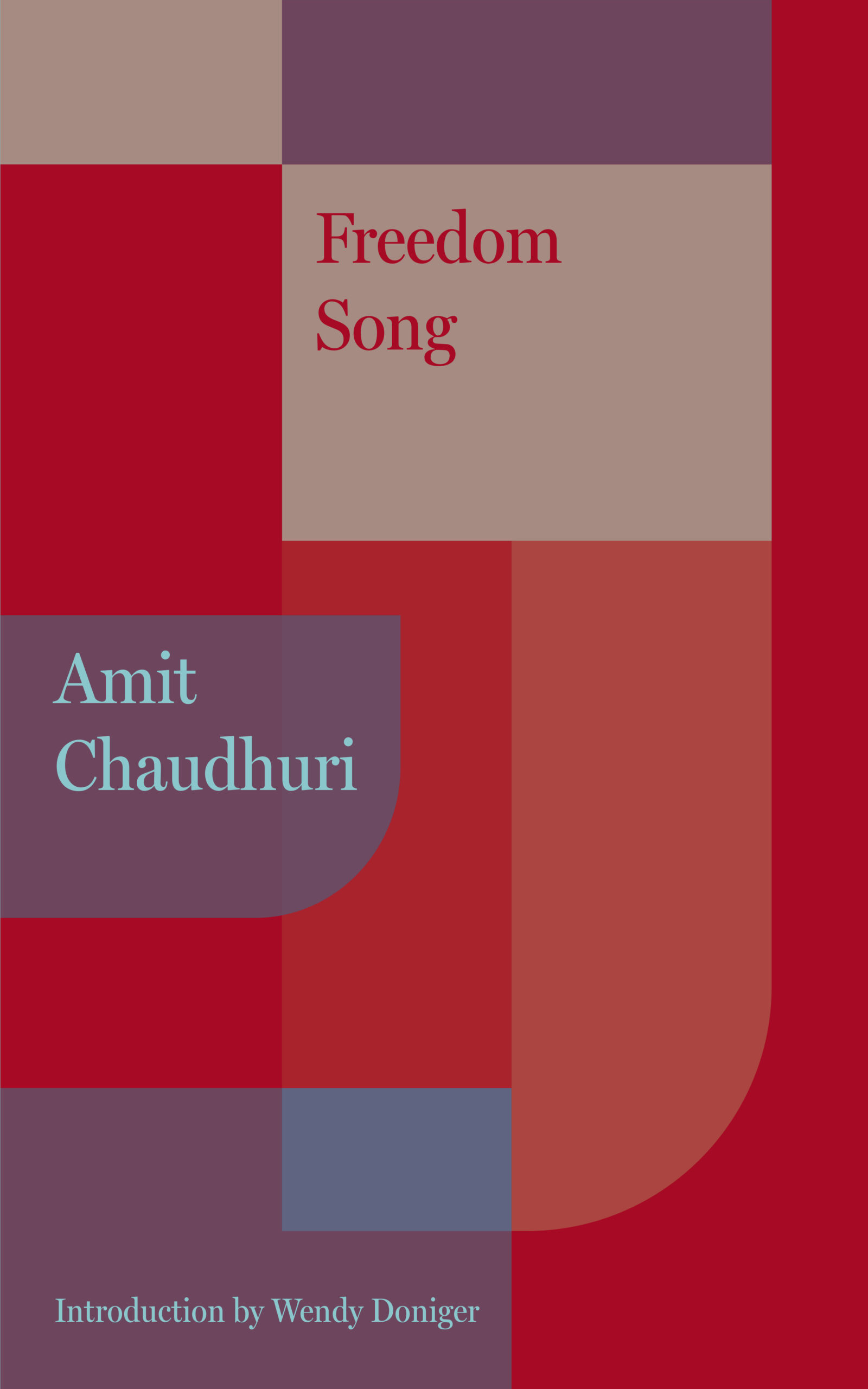
Freedom Song, A Strange and Sublime Address, Afternoon Rag (Published NYRB, 2024)
A boy spends a summer and a winter with his parents in a Bombay high-rise, and spends other summers in Calcutta immersed in the more traditional life of his uncle’s extended family … A young man at Oxford, whose memories of home in Bombay bring both comfort and melancholy, faces a choice between “clinging to my Indianness, or letting it go, between being nostalgic or looking toward the future” … The members of a Calcutta family are occupied with the task of finding the right woman for the twenty-eight-year-old son who would rather occupy himself with politics… In these three short novels – Freedom Song, Afternoon Raag, and A Strange and Sublime Address Chaudhuri illuminates the surprisingly nuanced intimate worlds of middle-class Indian men, women, and children. The novels brim with the author’s evocations of place and time, and his radiant descriptions and subtle explorations of the expected and surprising events of daily life; the effects of family connectedness and separation; the desires and demands of youth and age; the things and events that confirm “how mysterious the world is at every moment”; the hidden complexities of a fully lived inner life. From these elements Amit Chaudhuri shapes mesmerizing narratives, uncovering the remarkable in what might otherwise seem merely quotidian.
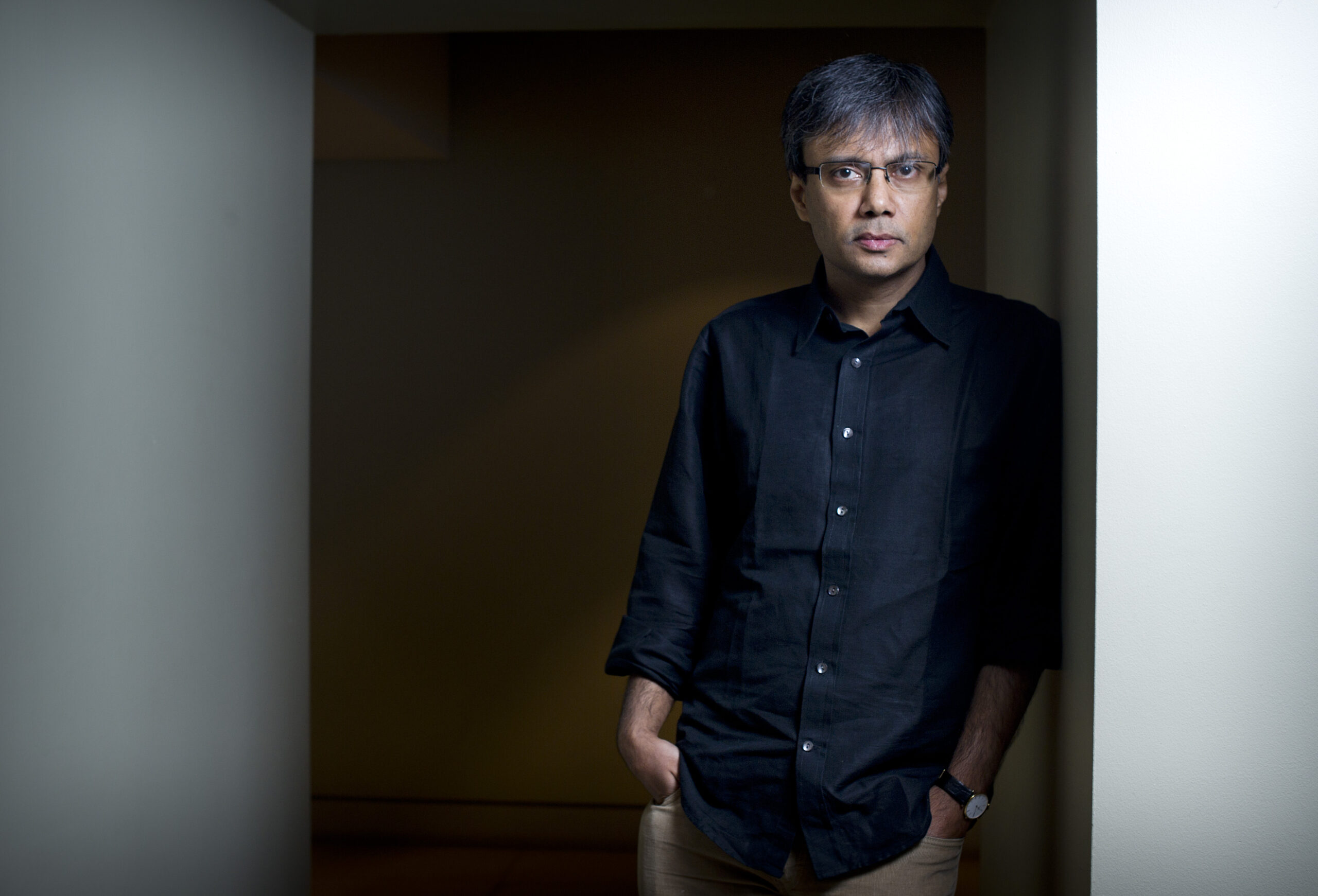
Amit Chaudhuri is a novelist, essayist, poet, and musician. A fellow of the Royal Society of Literature, he lives in Calcutta and the United Kingdom. Sojourn is his eighth novel. Among his other works are three books of essays, the most recent of which is The Origins of Dislike; a study of D.H. Lawrence’s poetry; a book of short stories, Real Time; two works of non-fiction, the latest of which is Finding the Raga; and four volumes of poetry, including New and Selected Poems (New York Review Poets, 2023). Formerly a professor of contemporary literature at the University of East Anglia, Chaudhuri is now a professor of creative writing and the director of the Centre for the Creative and the Critical at Ashoka University, as well as the editor of www.literaryactivism.com. He has made several recordings of Indian classical and experimental music, and has been awarded the Commonwealth Writers’ Prize, the Los Angeles Times Book Prize for Fiction, the Indian government’s Sahitya Akademi Award, and the James Tait Black Memorial Prize.
Photo: Geoff Pugh
James Yeh is a writer, editor, and journalist. His fiction and nonfiction appears in New York magazine, the New York Times, the Guardian, the Drift, NOON, and McSweeney’s Quarterly. A former editor at McSweeney’s Quarterly, the Believer, and VICE, he currently teaches writing at Columbia University and is at work on a novel about unconventional parenting, fatherhood, and eldercare.
Wednesday, May 1st at 7:00 PM EST
Robert Hobbs—Peter Halley: A Monograph
Robert Hobbs in Conversation with Peter Halley
Published by Hirmer Publishers/University of Chicago Press, 2024 – 264 pages,113 color illustrations, hardcover)
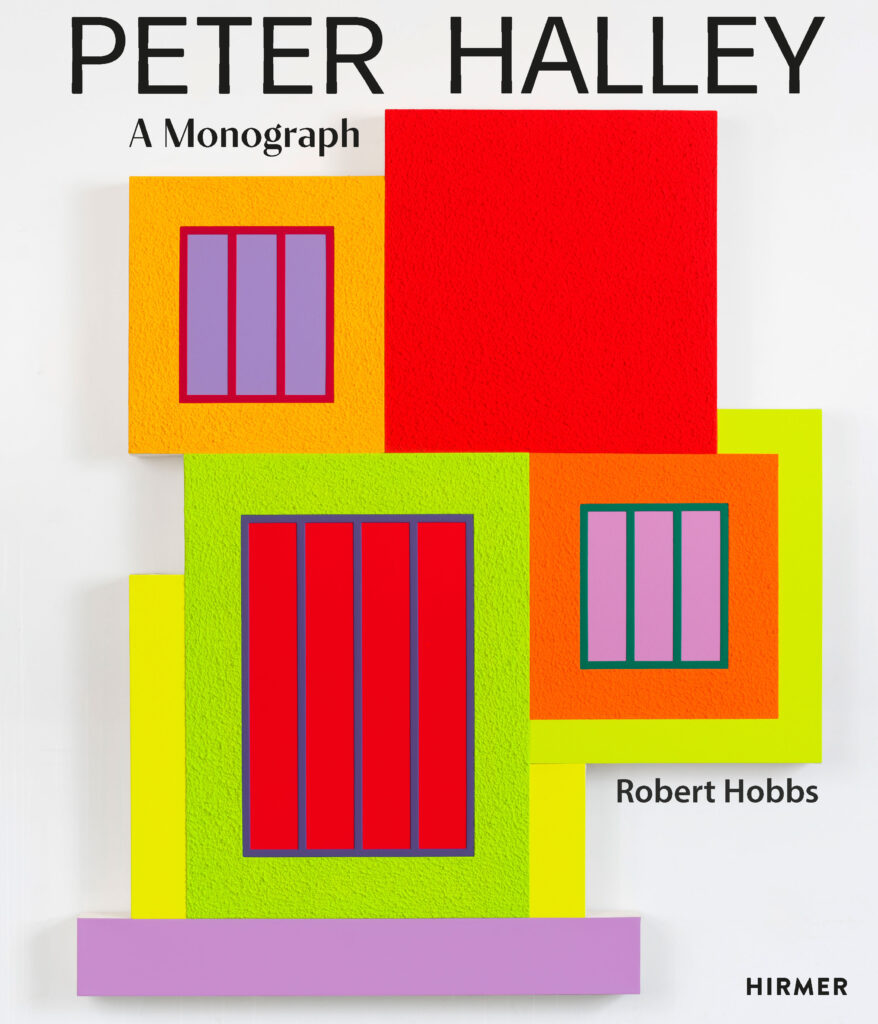
At the height of postmodernism, just as the digital world was becoming a reality, Peter Halley revitalized painting by affiliating his work with sociology and science fiction. Employing lowbrow, commercial media—fluorescent colors and Roll-A-Tex, an additive used to surface suburban architecture—he debunked painting’s high art connotations. Deconstructing early- and mid-twentieth-century geometric abstraction, he transposed its rectangles into structures he referred to as “cells” and “prisons.” He then connected these with straight lines, or “conduits,” to imaginatively access outside forces.
Halley has met many of the challenges posed by the information age and French poststructuralism by situating his painting on the divide separating analog and digital worlds. Robert Hobbs’s monograph analyzes Halley’s geometric art in relation to the opportunities provided by the internet, the aesthetic possibilities afforded by Photoshop, Jacques Derrida’s deconstruction, Michel Foucault’s and Jean Baudrillard’s sociological theories, and the conundrums presented by both science fiction and physics.
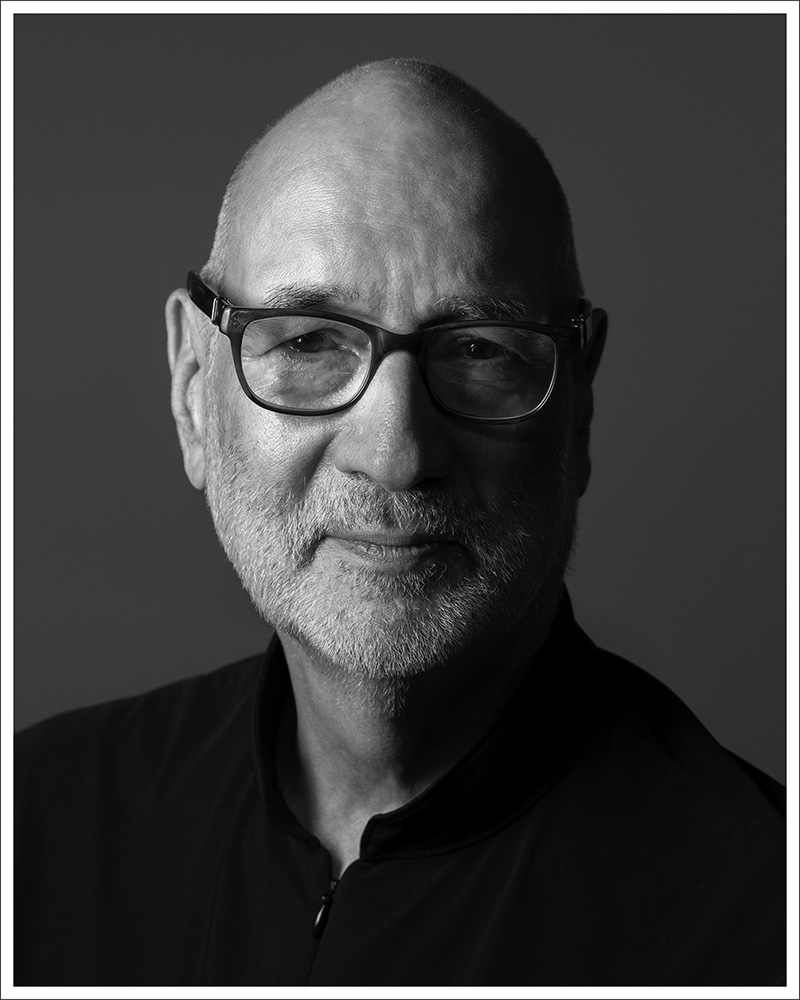
Robert Hobbs is an art historian and curator who has served as Associate Professor at Cornell University, long-term Visiting Professor of Yale University, in addition to holding the Thalhimer Endowed Chair at Virginia Commonwealth University. Among his more than fifty books and major catalogues are monographs on such artists as Milton Avery, Alice Aycock, Edward Hopper, Lee Krasner, Mark Lombardi, Robert Motherwell, Robert Smithson, Sterling Ruby, Kara Walker, and Kehinde Wiley. Photo Credit: Christopher Little
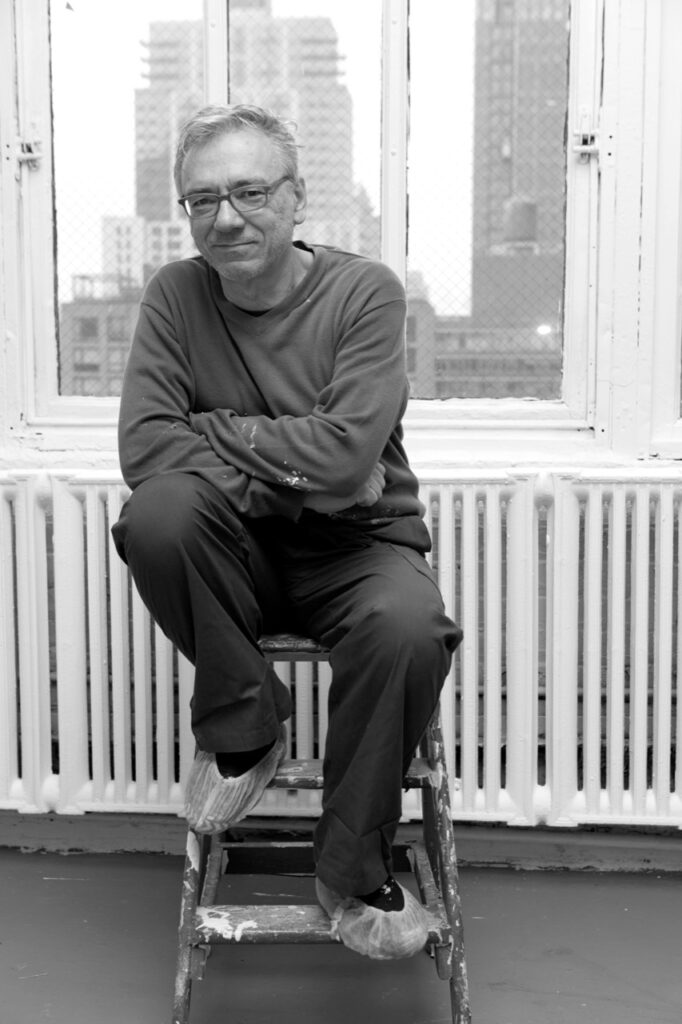
Peter Halley (b. 1953, New York) came to prominence as a central figure of the Neo-Conceptualist movement of the 1980s. His paintings redeploy the language of geometric abstraction to explore the organization of social space in the digital era. Since the 1980s, Halley’s lexicon has included three elements: “prisons” and “cells,” connected by “conduits,” which are used in his paintings to explore the technologically determined space and pathways that regulate daily life. Halley has been the subject of major exhibitions at the Musée d’art moderne Grand-Duc Jean, Luxembourg (2023); Dallas Contemporary (2021); Schirn Kunsthalle, Frankfurt (2016); Musée d’art moderne et contemporain, Saint-Etienne Métropole (2014); Kitakyushu Municipal Museum of Art, Japan, and Museum Folkwang, Essen (1998); Museum of Modern Art, New York (1997); Dallas Museum of Art (1995); Des Moines Art Center (1992); CAPC – Musée d’art contemporain de Bordeaux, Museo Nacional Centro de Arte Reina Sofía, Madrid, and Stedelijk Museum, Amsterdam (1991); Museum Haus Esters, Krefeld, and Institute of Contemporary Art, London (1989). His work is held in numerous public collections including the Museum of Modern Art, New York; Stedelijk Museum, Amsterdam; Tate, London; and Centre Pompidou, Paris. From 2001 to 2011, he served as professor and director of graduate studies in painting at the Yale School of Art. He lives and works in New York
Photo Credit: Roxanne Lowit

To see streaming of our past programs go to Paula Cooper Gallery Studio